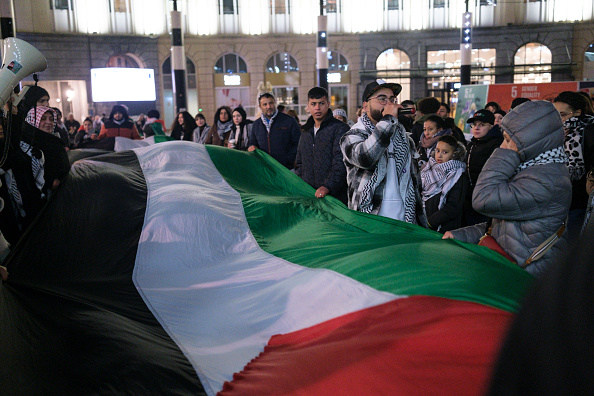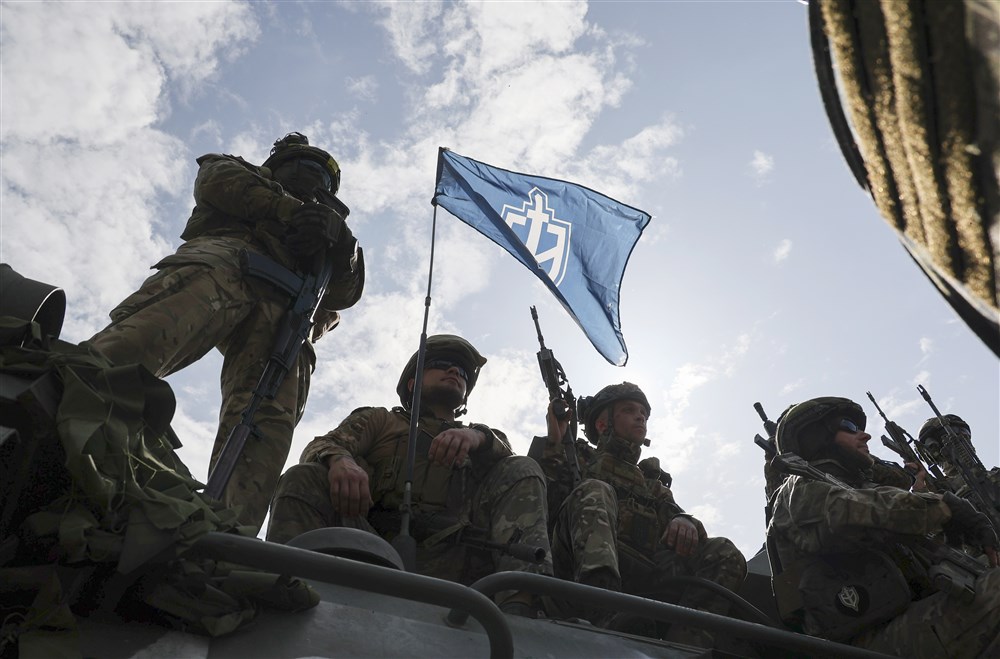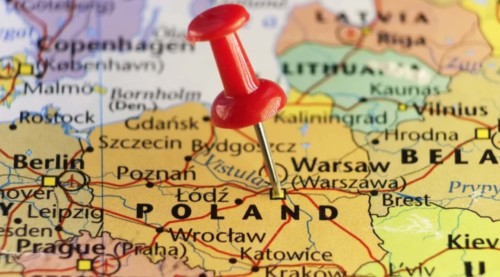Eastern European nations are signing multi-billion-euro arms deals to bolster munition supplies as the Ukraine war nears the end of its second year, though overstretched supply chains make it hard for these countries to strengthen their military forces against any Russian threat.
The UK and Poland signed a €4.67 billion deal in November for 1,000 extended-range missiles and 100 launchers.
Slovakia agreed to large purchases from Israel and Poland in September, although new Slovakian Prime Minister Robert Fico has not yet indicated if he will to go through with the deal.
Those nations wanting to procure more supplies of such weaponry face a problem.
“NATO countries’ production capacities are affected by war in Ukraine – and Israel, which was the only side free of such limitations, now is also getting tied down by its own war in Gaza,” Leonid Nersisyan, a research fellow at the APRI Armenia institute and a doctoral researcher at University of Birmingham, told Brussels Signal.
Norbert Neumann, a London defence journalist specialising in air defence, pointed out: “Buying and manufacturing ammunition should be just as important as buying platforms and fighters to launch them from.”
A US-built F-35 combat jet is “only a very stealthy aeroplane that’s too costly to fly for the sake of it if it has no missiles to carry”, he added.
There are also questions around the ultimate affordability of major weapons deals’ for the countries involved.
“Poland is making good decisions but where will all this money come from? Eventually other areas and infrastructure in the country will suffer,” said Neumann.
One solution, he said, might lie in buying a combination of cheaper and more expensive weaponry and equipment.
“It’s important not only to invest in expensive long-range solutions like Patriot or Barak-MX [missiles] but also in mass and cheap means, like digitised anti-air artillery and electronic warfare systems,” he said.
Another answer may be greater co-operation with neighbours, said Adrian Monks, vice president for Poland at MBDA, a leading missile manufacturer.
“From my perspective Poland is building the largest and most integrated air defence network.
“It would be good to see allies across the flank focus their efforts on deeper integration of air defence,” Monks said.
That was “a key topic explored by a number of governments hosted in London last week by the UK Government”, he added.
One suitable model might be the current co-operation between Sweden, Finland and Denmark on their GlobalEye system, Neumann said.
A single country “like Slovakia, for instance, could maybe afford two or three F-35s, which wouldn’t necessarily be productive.
“But together, say with Hungary and Slovenia, they might be able to get a squadron of F-35s.”
Common maintenance depots for jet fighters, as Sweden and Finland are exploring, is another area where countries are looking to share their expenses.
Alternatively, there are cheaper options such the Swedish SAAB Gripen E instead of the F-35, meaning countries could buy larger fleets and have their fighters actively operational for longer.
The US has struggled with maintenance issues surrounding the F-35 and its air force, marines and navy have only received about one quarter of the number of the fighters they want.
Another possible solution could lie in more burden-sharing within NATO, so not every country is pushed to try to acquire every military capability.
European NATO members “should specialise”, said Neumann.
“Not every nation should focus on building a strong air force,” he added.
Some could “direct most of their budget towards land capabilities, so the ones that focus on air defence could save on army capabilities.”





